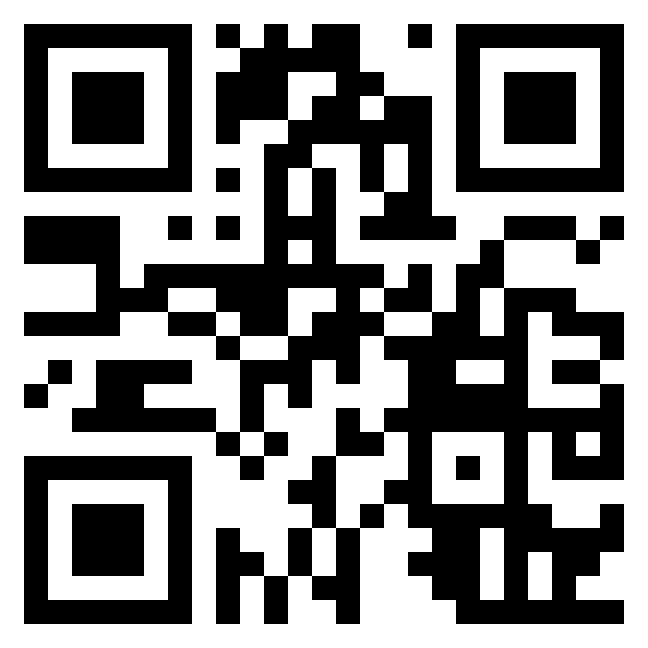Overcoming Challenges & Driving Success with Remote Workforce Management Software
As remote work becomes increasingly prevalent, especially for distributed field service teams, organizations are recognizing both the benefits and the challenges that come with this shift. Remote workforce management software is a crucial tool that helps businesses effectively manage their dispersed teams, ensuring seamless operations and success in this new landscape.
The Evolving Landscape of Remote Work
The traditional office-based work model has transitioned to a more flexible, decentralized approach. This shift offers advantages such as increased productivity, reduced costs, and access to a global talent pool. However, it also presents challenges, particularly for distributed field service teams that require efficient coordination and management. Remote workforce management software addresses these challenges by providing tools to streamline communication, resource allocation, performance monitoring, and compliance.
Key Challenges in Managing Distributed Field Service Teams
Coordination and Communication
Distributed teams often struggle with coordinating schedules, tasks, and resources. Effective communication is essential to ensure that team members are aligned, informed, and able to perform their duties efficiently. Remote workforce management software offers centralized platforms for real-time communication, collaboration, and task management, keeping teams connected regardless of location.
Resource Allocation and Optimization
Managing resources effectively across different locations is critical to meeting customer demands and delivering high-quality service. Remote workforce management software provides features like resource scheduling, asset tracking, and automated workflows to streamline resource management, ensuring optimal utilization and minimal downtime.
Performance Monitoring and Accountability
Monitoring the performance and productivity of remote employees is vital for maintaining high standards and achieving business objectives. Traditional methods of performance tracking may not be practical for distributed teams. Remote workforce management software offers advanced analytics and reporting tools, allowing managers to monitor performance, track key metrics, and provide real-time feedback, fostering accountability and continuous improvement.
Compliance and Documentation
Adhering to regulations and maintaining proper documentation is crucial, particularly in industries with strict standards. Managing compliance across geographically dispersed teams can be complex. Remote workforce management software simplifies this process by centralizing documentation, automating compliance workflows, and providing audit trails, ensuring that all teams adhere to industry regulations and organizational policies.
Leveraging Remote Workforce Management Software
Centralized Communication and Collaboration
Remote workforce management software enables seamless communication and collaboration through features like instant messaging, video conferencing, and file sharing. These tools bridge the gap between team members, facilitating real-time collaboration and decision-making.
Streamlined Resource Management
Optimize resource allocation and utilization with the resource management capabilities of remote workforce management software. Features like resource scheduling, inventory tracking, and automated workflows help allocate resources efficiently and reduce downtime.
Real-Time Performance Tracking and Feedback
Use the analytics and reporting features of remote workforce management software to monitor performance, track key metrics, and provide timely feedback. Regular communication with remote team members helps set goals, review progress, and address any performance issues promptly.
Simplified Compliance and Documentation
Remote workforce management software simplifies compliance management by centralizing documentation and automating workflows. This ensures regulatory compliance and streamlines documentation processes, making it easier to manage and access necessary records.
Thriving in the Remote Work Paradigm
Remote workforce management software is essential for effectively managing distributed field service teams. By addressing challenges in coordination, communication, resource allocation, performance monitoring, and compliance, this software enables businesses to navigate the complexities of remote work and fully realize the potential of their distributed teams.
With the right remote workforce management software, businesses can overcome the challenges of managing dispersed teams and unlock new opportunities for growth and success in the evolving remote work environment.










